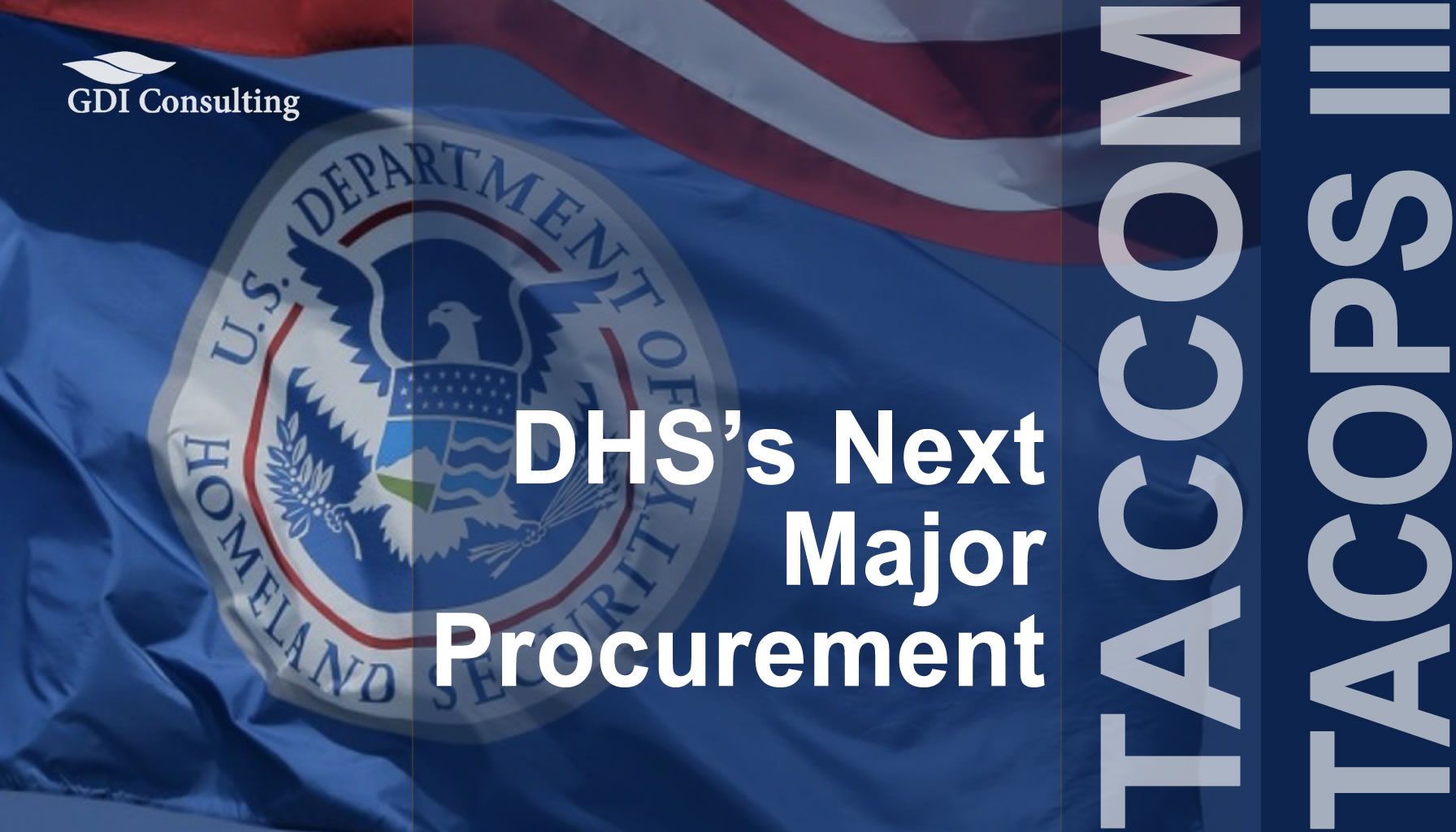Introduction: A Critical Federal Contract on the Horizon
The Department of Homeland Security (DHS) is preparing for a major procurement that will impact tactical communications and surveillance operations across federal law enforcement. The Tactical Communications (TacCom) and Technical Investigative Surveillance Operations (TechOps) III contract, collectively referred to as TacCom TechOps III, will consolidate two previous contract vehicles into a new Multi-Agency Contract.
This TACCOM TACOPS III Review explores:
- The scope and objectives of the contract.
- Technical categories and procurement priorities.
- Challenges and strategic considerations for contractors.
- How vendors can prepare for this opportunity.
With an estimated $3 billion ceiling, TacCom TechOps III is one of the most important DHS procurements in the coming years. This contract will shape the future of federal tactical operations, providing a modernized approach to communications and surveillance technology acquisition.
TACCOM TACOPS III Review
Why This Contract Matters
The TacCom TechOps III contract is essential to ensuring DHS and its federal law enforcement agencies maintain cutting-edge communication and surveillance capabilities. The contract is designed to:
- Improve interoperability across agencies.
- Provide access to the latest tactical technology.
- Ensure cost-effective procurement through bulk purchasing and streamlined acquisition.
- Support domestic and international law enforcement operations.
With rising security challenges and evolving technological needs, DHS is prioritizing flexibility, scalability, and rapid technology integration through this multi-award IDIQ (Indefinite Delivery, Indefinite Quantity) contract.
Estimated Contract Value & Funding
TacCom TechOps III is a consolidation of two existing contracts:
- TacCom II: Had a $3 billion ceiling, but only around $1 billion in obligations.
- TechOps II: Had a $1.5 billion ceiling, though actual spending remains unclear.
Given these figures, the anticipated ceiling for TacCom TechOps III is approximately $3 billion, though final obligations may vary. Contractors should focus on demonstrating value, compliance, and competitive pricing to secure awards.
Key Takeaways on Funding:
- The contract ceiling may not reflect actual spending.
- Competitive pricing and strong technical proposals will be crucial.
- Historical obligations suggest that awarded funds will be lower than the ceiling.
TACCOM TACOPS III Review: Technical Categories
TacCom TechOps III is divided into two primary technical categories: Equipment procurement and technical services.
Technical Category 1: Equipment
This category covers tactical communication and surveillance equipment, including:
- Radios & Accessories – Secure push-to-talk devices, encrypted radios, and tactical communication solutions.
- Infrastructure Solutions – Networking hardware, base stations, encryption tools, and private cellular networks.
- Maritime & Airborne Communications – Shipboard and airborne tactical communication solutions.
- Satellite Equipment – Antennas, interfaces, and resilient satellite-based communication systems.
- Video & Audio Surveillance Equipment – Investigative surveillance tools, body-worn cameras, and encrypted data storage solutions.
These technologies will support DHS law enforcement operations in urban, rural, and international settings.
Technical Category 2: Services
The second category covers support services and system integration, including:
- Radio System Development & Maintenance – Programming, installation, and long-term support.
- Investigative Surveillance Services – Covert and technical surveillance support for law enforcement agencies.
- Operations & Sustainment (O&S) Services – Ensuring long-term performance of deployed solutions.
- Engineering & Spectrum Support – System design, testing, and regulatory compliance.
- Project Management Services – Coordination of large-scale implementations.
DHS seeks end-to-end solutions—vendors who can supply both equipment and services will have a competitive advantage.
Key DHS Procurement Priorities
1. Interoperability & Compliance
DHS requires seamless integration with existing infrastructure and compliance with:
- National Telecommunications and Information Administration (NTIA) regulations.
- National Institute of Standards and Technology (NIST) encryption standards (FIPS 140-2 & FIPS 197).
- Land Mobile Radio (LMR) TIA-102 Standards.
- Federal Communications Commission (FCC) guidelines.
2. Technology Refresh & Scalability
- The contract allows for continuous upgrades to keep up with emerging technologies.
- AI, cloud-based solutions, and 5G communications are expected to play an increasing role.
3. Supply Chain Security & Resilience
DHS is prioritizing secure, domestic supply chains to minimize risks associated with foreign technology dependency. Contractors must:
- Partner with multiple OEMs to ensure reliable equipment sourcing.
- Comply with Buy American Act requirements.
- Provide supply chain contingency plans.
4. Performance-Based Contracting
- DHS is moving toward performance-based acquisitions.
- Awards will be based on past performance, technical merit, and cost-effectiveness.
Challenges & Risks for Contractors
1. Intense Competition
- Incumbents from TacCom II and TechOps II will compete aggressively.
- New entrants must differentiate themselves through innovation and pricing.
2. Regulatory Complexity
- Contractors must adhere to strict DHS procurement and cybersecurity regulations.
- Non-compliance could disqualify bidders.
3. Pricing Sensitivity
- Competitive pricing strategies will be key to securing awards.
- Bundled service offerings may provide an advantage.
4. Rapid Technological Evolution
- Contractors must be prepared for mid-contract adjustments as DHS refines requirements.
How Contractors Can Prepare for TacCom TechOps III
1. Review Past Performance & Compliance Readiness
- Ensure full compliance with DHS technical and security standards.
- Evaluate past contract performance to strengthen proposals.
2. Strengthen OEM & Supply Chain Partnerships
- Build relationships with multiple equipment manufacturers.
- Develop a supply chain risk management strategy.
3. Develop a Competitive Pricing Strategy
- Use data-driven pricing models to balance profitability and affordability.
4. Stay Updated on Procurement Timelines
- Monitor DHS acquisition updates for the latest information.
- Engage in pre-solicitation market research.
Final Thoughts on the TACCOM TACOPS III Review
With DHS finalizing its approach to TacCom TechOps III, contractors must prepare now. The consolidation of two major contract vehicles means fierce competition, and winning bidders must provide scalable, cost-effective, and compliant solutions.
For those looking to capitalize on this opportunity, early preparation, teaming strategies, and compliance readiness will be essential.
This TACCOM TACOPS III Review ensures contractors are equipped with the insights needed to navigate the complexities of this procurement and position themselves as key players in this critical DHS initiative.

